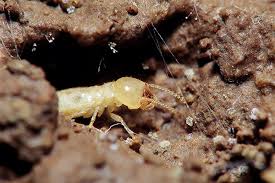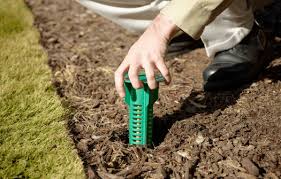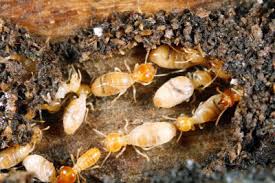The Ultimate Guide To Termite Control Procedure
Spring moment, particularly a hot, sunny day following rain, is the perfect time for subterranean termite swarming behaviour and, at least for brief moments throughout the daytime, a chance to see live termites and maybe a specific place where they're emerging from at the house. As most soil around a house has concealed cellulose debris (roots, stumps, or fence posts), finding swarming termites in your lawn doesnt necessarily mean that your home has termites. .

Building design may contribute to the likelihood of termite invasion. Identify and fix any deficiencies that attract or encourage termite infestations. Ideally all substructural wood beneath the building should be held at least two inches above the soil. Consult local building codes for minimum distances to soil from timber.
Keep base areas well ventilated and dry. Reduce chances of infestation by removing any wood in contact with the soil. Inspect porches and other structural or foundation wood for signs of termites. Look for tree stored fence posts, stumps, and buried scrap wood. .

Fascination About Termite Control Process
Lumber in structures is usually hemlock Douglas-fir, or spruce. Whereas another two aren't of these substances, Douglas-fir is resistant to termites. Lumber used in foundations and other timber in contact with the soil must be treated or naturally resistant to termites and decay to help safeguard against irreparable damage in areas where building designs have to be altered or concrete cannot be used.
If wood is used over the timber that is treated, however termites may build their shield tubes over chemically treated wood and infest untreated wood over. .
Use only exterior-grade, pressure-treated lumber for regions which are exposed to weather; otherwise, the chemical in the lumber may leach from the wood. All topical remedies that will be subjected to weather must have a sealer coat to avoid leaching into the soil pop over to this web-site following rain.
Termite Control Procedure - Truths
Subterranean termites in structures cannot be controlled utilizing techniques that are acceptable for drywood termites, such as fumigation, heat treatment, freezing, and termite electrocution devices, since the reproductives and also a large majority of the termites are concentrated in nests near or under ground level out of reach of these control methods.
To facilitate control of termites, ruin their shelter tubes whenever possible to disrupt access to substructures. .
Liquid uses of pesticides applied in you could try this out drenches either to the soil or by injection and are ordinarily used for termite control. There are no reliable over-the-counter termite control products all products are for professional use only.
The 6-Minute Rule for Termite Control Process
Management professionals have been provided special training due to the hazards involved with applying insecticides into the soil around and under buildings. Applications in the wrong area can cause contamination of heating ducts or damage to heat pipes or plumbing used under the treated building.
Active ingredients utilized to control subterranean termites were classified as repellent or nonrepellent. Subterranean termites can detect insecticides, generally pyrethroids; and they are repelled without getting a dose that could kill them. Because of this response, termiticide products containing repellent active ingredients have been phased out. .

Subterranean termite baits, that are insecticides consumed during feeding and shared inside the colony, are available in California. Normally, bait More hints is delivered within a cellulose or timber matrix infused with the active ingredient and installed underground at fixed intervals around a structure. Industrial bait products are available for use, where there's no dirt for station setup.
The smart Trick of Termite Control Procedure That Nobody is Talking About
IGRs have very low toxicity. The bait products, however, are available for use only. .
Haverty, M. I., R. L. Tabuchi, E. L. Vargo, D. L Cox, L. J. Nelson, and V. R. Lewis. 20 10. Response of Reticulitermes hesperus (Isoptera: Rhinotermitidae) colonies to baiting with lufenuron from Northern California. J. Econ. Entomol. 10 3:7 70-7 80.